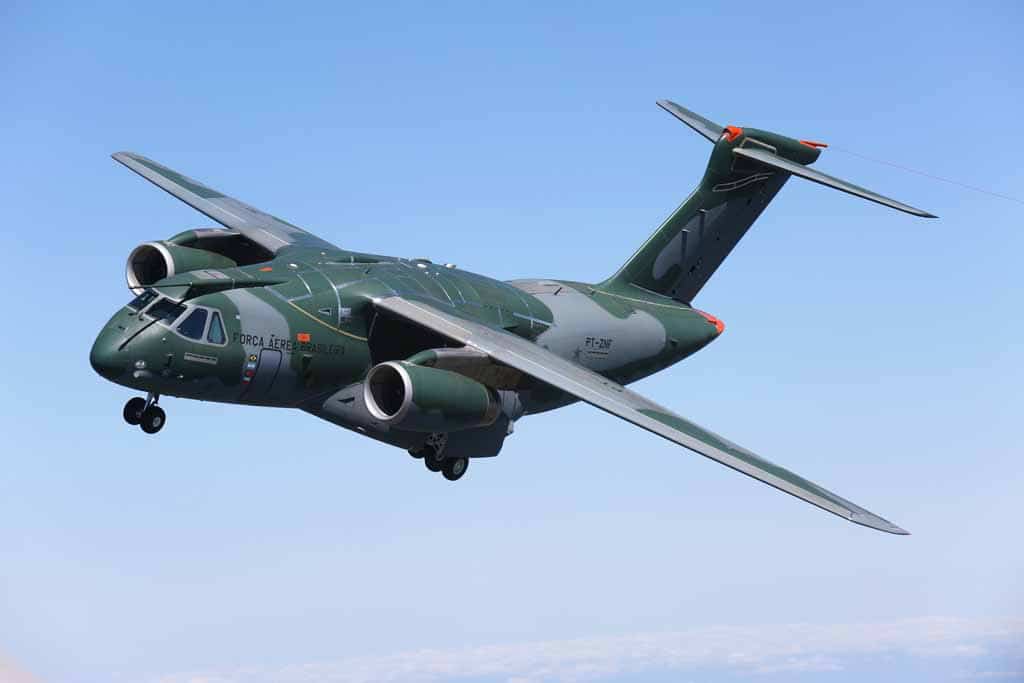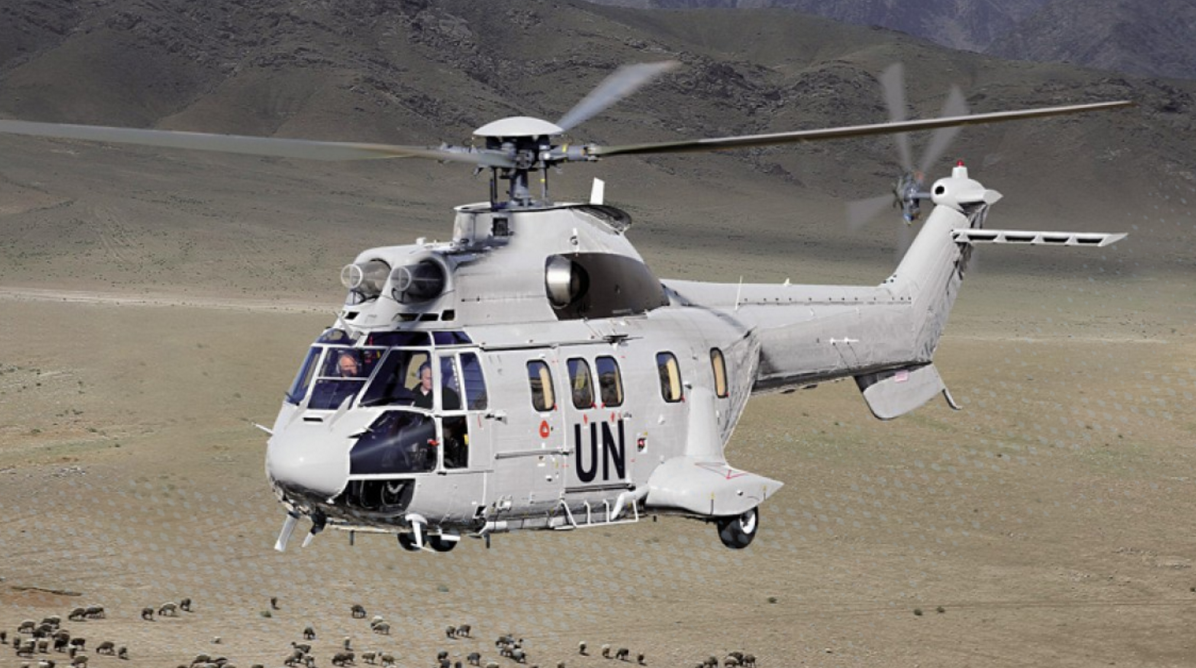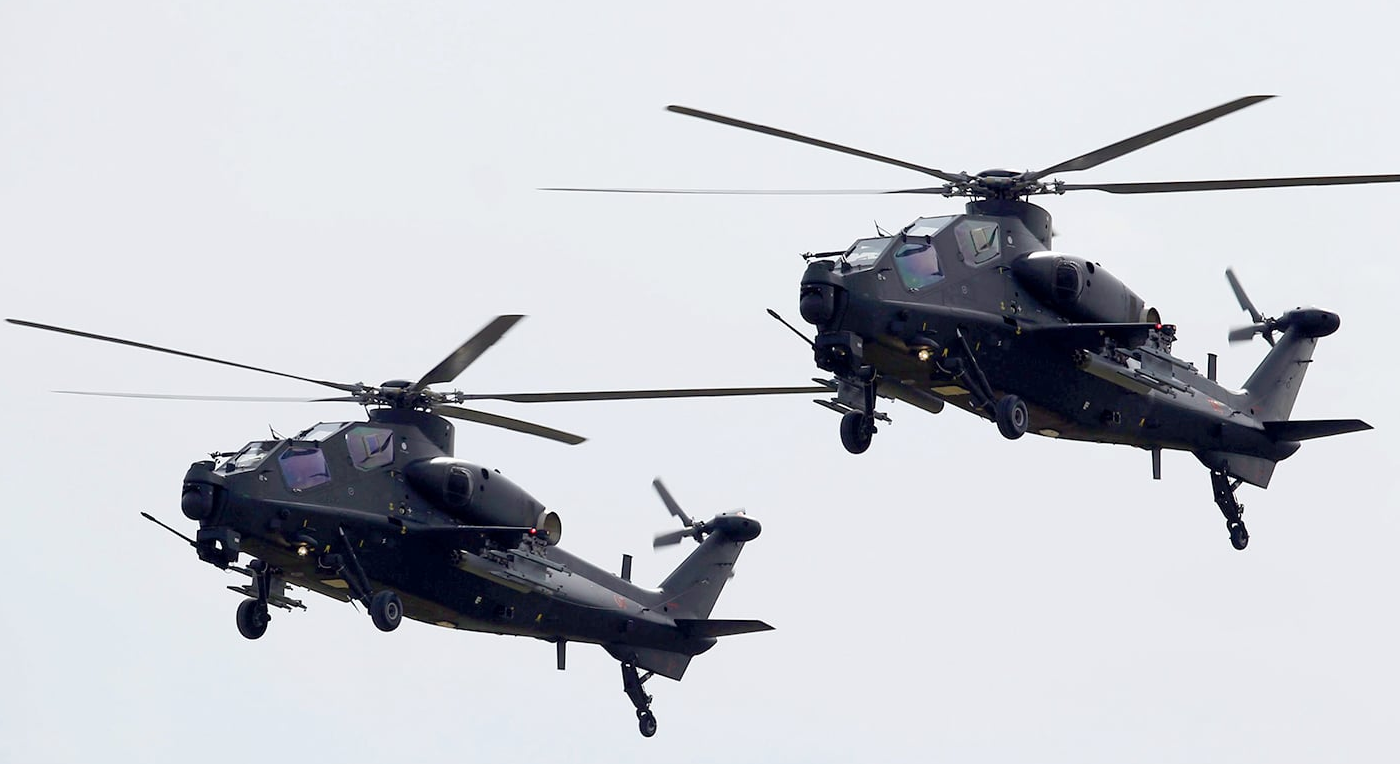3053Views 0Comments

Embraer takes aim at Europe for KC-390 tanker-transport sales
The Brazilian aerospace giant Embraer is taking aim at Germany and the European market at large for KC-390 multi-role tanker and transport (MRTT) sales, reports Aero.
Speaking to German Press Agency (DPA), Embraer CEO Paulo Silva said he was confident that the KC-390 will draw interest from the German government, which is examining the idea of using Lockheed Martin C-130s for tactical lift purposes (complementing the larger Airbus A400M).
Embraer is marketing the KC-390 is an alternative to the C-130J.
In comparison to the venerable Hercules, the KC-390 can lift a payload of 23 tons (versus 22 tons onboard the C-130J-30). In contrast to the C-130J (which is powered by four turboprop engines), the KC-390 is powered by two International Aero Engines (IAE) V2500-E5 turbofan engines. The KC-390 has a maximum range of 2,815 km at full-load, while the C-130J can fly 3,334 km at full-load. Besides transport, Embraer is also configuring the KC-390 for the in-flight refuelling tanker role (via hose-and-drogue).
In tandem, the company is also planning to step-up its global marketing campaign for the KC-390. Last summer, Embraer and Boeing signed a formal agreement to jointly market the KC-390 MRTT. Embraer believes there is a market for 700 comparable aircraft through the next 20 years.
Thus far, Portugal and the Czech Republic have been slotted as the KC-390’s launch European customers. In fact, Portugal signed a letter-of-intent (LoI) for six KC-390s to gradually supplant its legacy C-130Hs. The Czech Republic signed a LoI for two KC-390s.
Notes & Comments:
The KC-390’s addressable market comprises of legacy C-130 users on one end, and An-12 and An-32 flyers on the other. Legacy C-130 users that are accustomed (or would prefer) Western designs may be the first on Embraer’s prospective client list, and thus, the KC-390’s main competitor would be the C-130J.
The C-130J benefits from considerable scale (through a massive user base) and decades of user experience and development maturation. If viewed in isolation, the C-130J’s unit price (which hovers in the USD $150 million-plus range) is certainly high, but this is the cost of the aircraft in flyaway condition, its logistics and maintenance package, and the knowledge that it will thrive in many strenuous operational environments.
Granted, there is a cost-sensitive market in place as well, one that uses legacy C-130s and old Antonov transports. However, there will be considerable competition in this space, especially in 5-10 years.
Ukraine’s Antonov is making strides with the An-178, for which it may even have anchor-users (or at least backers) in the form of Saudi Arabia and/or Turkey. Besides Antonov, Russia’s United Aircraft Corporation (UAC) is developing the IL-214 with the aim of a USD $35-40 million flyaway unit-cost, while the Aviation Industry Corporation of China (AVIC) has two developing platforms (Y-19 and Y-30), and scale would not be an issue if one of them secures domestic armed forces and civil orders.
To effectively compete, Embraer will need to deliver on the KC-390’s cost-effectiveness. On the surface, Embraer is on the right track in that it is sourcing key off-the-shelf subsystems, such as the IAE V2500-E5 turbofan engine (which also powers the Airbus A320 airliner). Embraer may also be first-to-market. However, it will need to scale and distribute the overhead (as per Reuters: $2.7 billion in development plus $2.3 billion for two prototypes) through many secured orders, preferably early (i.e. by launch).
Without the cost advantage, it will be difficult for Embraer to overcome Lockheed Martin and Airbus in the NATO market and, in the non-NATO market, AVIC, UAC and Antonov. The non-NATO market has no shortage of cost-sensitive buyers, especially in Sub-Saharan Africa, Central and Eastern Europe, and South Asia (India notwithstanding).
In Western Europe, Airbus and Lockheed Martin have longstanding ties with native governments, especially in the form of domestic industry manufacturing and research and development commitment. Embraer’s collaboration with Boeing will be essential in offsetting this challenge. Boeing does not have a directly analogous platform competing against the KC-390, assuming Boeing leverages its relationships to help drive KC-390 growth in Europe and, ideally, other Boeing markets (e.g. India, the Middle East, etc).
However, in an environment pressed with mounting costs and increasingly austere government spending, there is little to beat than simply having an affordable option. Outside of writing down the USD $5 billion overhead (unlikely), Embraer should be looking to offer savings in maintenance and operational costs. The KC-390’s launch unit cost could potentially be lower than the C-130J, and that will certainly draw the interest of legacy C-130 users who might value long-term feasibility and quality, and thus be predisposed to the C-130J. Competitiveness from Embraer could open doors for the KC-390 in these lucrative markets.
For more information on the KC-390’s competition, see how partnerships with Turkey and Saudi Arabia are supporting the Antonov An-178.


